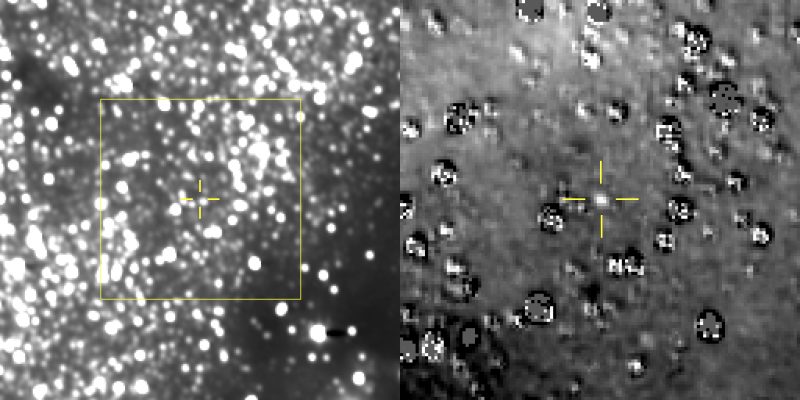
From more than 100 million miles away, New Horizon’s next target barely looks like anything at all. The object, known as Ultima Thule, has only just now come into view for that NASA spacecraft’s sensitive cameras, allowing the probe — which brought us never-before-seen, close-up photos of Pluto in July 2015 — to take its first-ever images of the distant world.
The New Horizons spacecraft will remain forever in our hearts as the craft that provided our first glimpses of tiny Pluto and its system of moons in 2015. Now New Horizons is headed toward its next target, a Kuiper Belt Object (KBO) called 2014 MU69, nicknamed Ultima Thule.
Earlier this month (on August 16th), the New Horizons spacecraft managed to capture an image of Ultima Thule for the first time using its Long Range Reconnaissance Imager (LORRI).
Ultima Thule in view! We've made our first detection of our next flyby target, more than 100 million miles out from our New Year's 2019 close-up encounter in the Kuiper Belt. LEARN MORE >> https://t.co/DHNzillUDB pic.twitter.com/Rmz0EW4RWA
— NASA New Horizons (@NASANewHorizons) 28 augusti 2018
The object is still 172 million kilometers (107 million miles) away and at its current speed, the New Horizons will rendezvous with the object on New Year’s Day, 2019.
The photos serve as the farthest images from the Sun ever captured. It took the record from Voyager 1 that captured the photographs of the Earth and other neighboring planets from almost the same distance 28 years ago.
Furthermore, the Ultima flyby will be the farthest exploration of any part in space. This will eventually break the old record of New Horizons at Pluto in 2015.
According to scientists, finding out more about the Ultima Thule will help them build stronger theories about how the solar system was formed. What is known about this part of space has the potential to change the view of how the solar system functions.


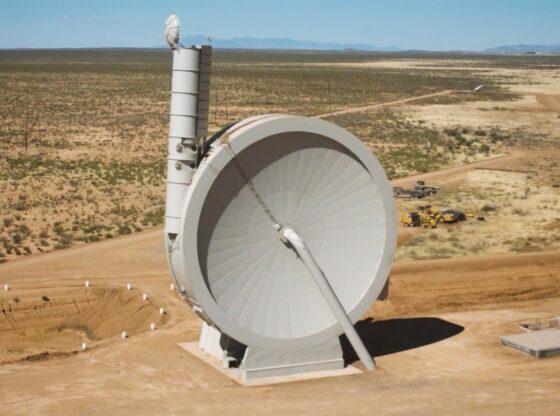
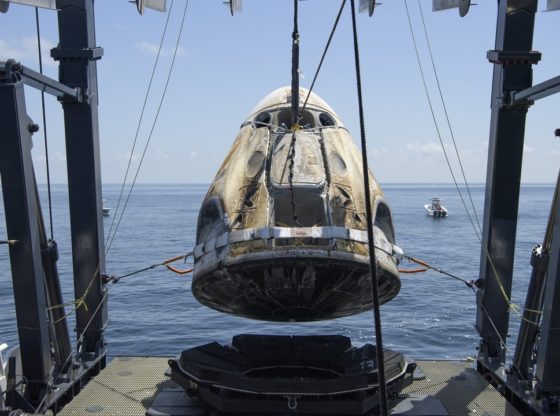
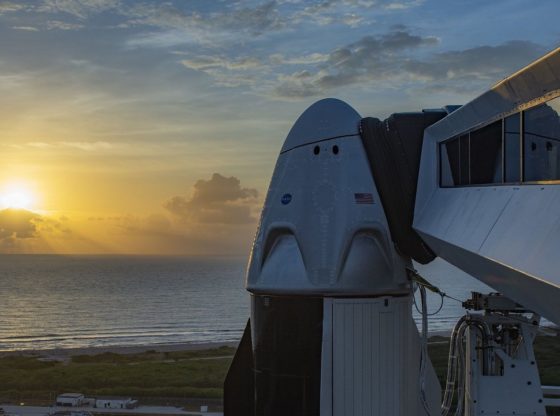
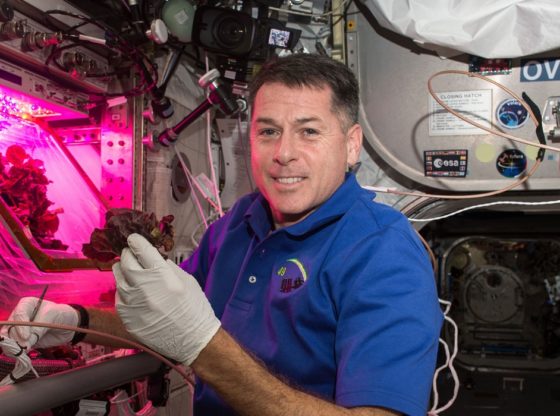
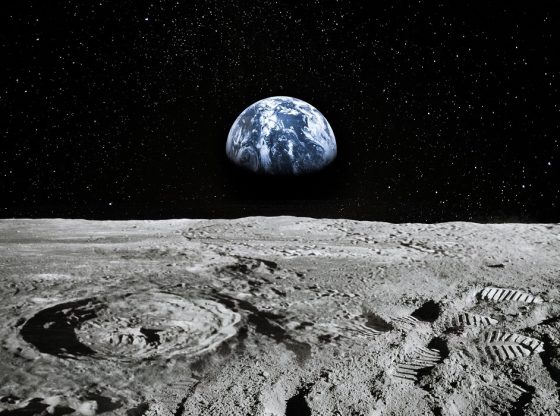
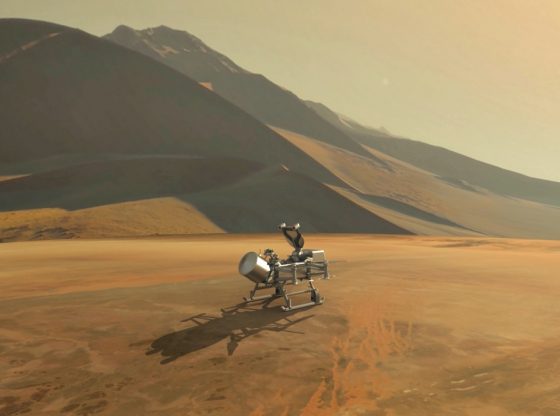
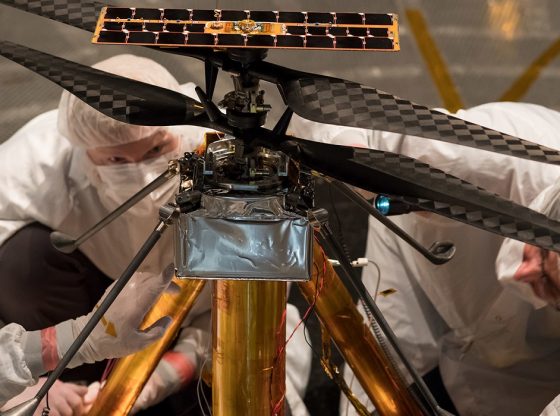
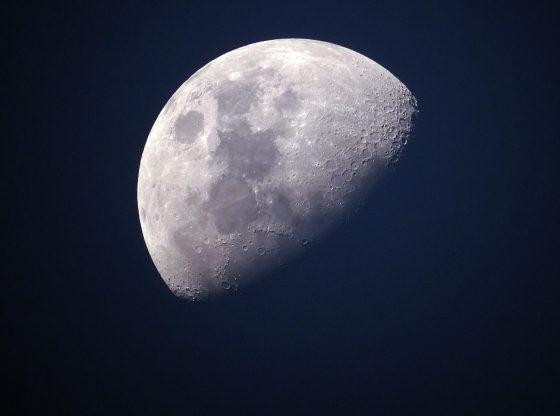
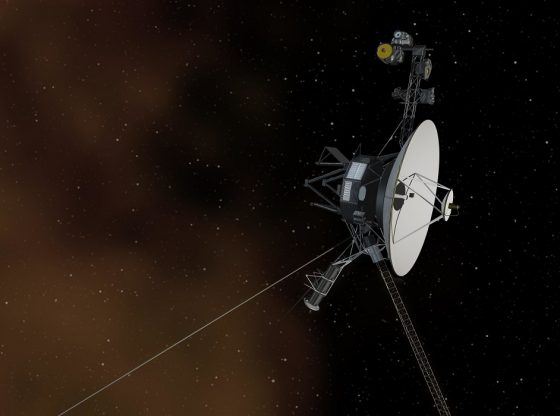
![OpenAI. (2025). ChatGPT [Large language model]. https://chatgpt.com](https://www.illustratedcuriosity.com/files/media/55136/b1b0b614-5b72-486c-901d-ff244549d67a-350x260.webp)
![OpenAI. (2025). ChatGPT [Large language model]. https://chatgpt.com](https://www.illustratedcuriosity.com/files/media/55124/79bc18fa-f616-4951-856f-cc724ad5d497-350x260.webp)
![OpenAI. (2025). ChatGPT [Large language model]. https://chatgpt.com](https://www.illustratedcuriosity.com/files/media/55099/2638a982-b4de-4913-8a1c-1479df352bf3-350x260.webp)








